Why Brine
Brining is a simple yet powerful technique that can transform your cooking, enhancing both flavor and tenderness. Whether you’re preparing a Thanksgiving turkey, grilling chicken, or making juicy pork chops, brining is a game changer.
The process involves soaking meat in a saltwater solution, often with added herbs, spices, and sweeteners, allowing the meat to absorb moisture and season before cooking. This leads to juicier, more flavorful dishes.
But brining can be tricky if you need to become more familiar with the technique. The key is finding the right balance between salt and water and understanding how long to brine different types of meat. Over-brining can result in too much saltiness, while under-brining might not give you the desired moisture. Additionally, there are different types of brines, such as wet and dry, each with its own advantages.
In this post, I’ll dive into expert tips and tricks to help you master brining. From the basics to more advanced techniques, you’ll learn how to make your meats more succulent, flavorful, and ready to impress your guests. Whether you’re new to brining or looking to refine your skills, this guide will set you on the path to brining perfection.
7 Important Tips
I mentioned a simple brine I made for pork chops from my friend Jim Tarantino’s cookbook, Marinades, Rubs, Brines, Cures & Glazes. Now, I would like to mention a few tips from his book that should be helpful. By the way, this book is filled with tons of information and hundreds of recipes that will change the way you look at grilling and barbecuing.
- Use the Right Salt: Choose kosher salt for brining. It dissolves easily and doesn’t add unwanted iodine, which can affect the flavor. Avoid table salt, as it’s more concentrated and can make the brine too salty.
- Balance Your Salt-to-Water Ratio: A good rule of thumb is 1 cup of salt for every gallon of water. Adjust for larger or smaller quantities, but always keep this ratio in mind to prevent over-salting.
- Brine Early: Start brining at least 4 hours before cooking for small cuts of meat like chicken breasts or pork chops. Larger cuts, such as turkey or ham, can benefit from a longer brine time, up to 24 hours.
- Add Flavor with Aromatics: Enhance the flavor by adding garlic, herbs, spices, or citrus zest to the brine. This infuses your meat with deeper, more complex flavors.
- Don’t Over-Brine: Brine for the right amount of time to avoid overly salty meat. For most proteins, brining for too long can cause the meat to become mushy and too salty.
- Keep It Cold: Always refrigerate your brine to ensure food safety. Brining at room temperature can promote bacterial growth, ruining your dish.
- Use a Non-Reactive Container: Avoid using metal containers when brining, as they can react with the salt and affect the flavor. Opt for glass, plastic, or ceramic.
- Rinse After Brining: Rinse your meat under cold water after brining to remove any excess salt on the surface. Pat it dry before cooking to get a nice sear.
- Consider a Sugar Addition: Add sugar or honey to your brine to balance out the saltiness and help the meat caramelize as it cooks. This adds a lovely depth of flavor.
- Dry Brining Works, Too: For a more concentrated flavor, try dry brining. Simply rub the meat with salt and herbs, then refrigerate it. This technique is especially great for poultry and pork.
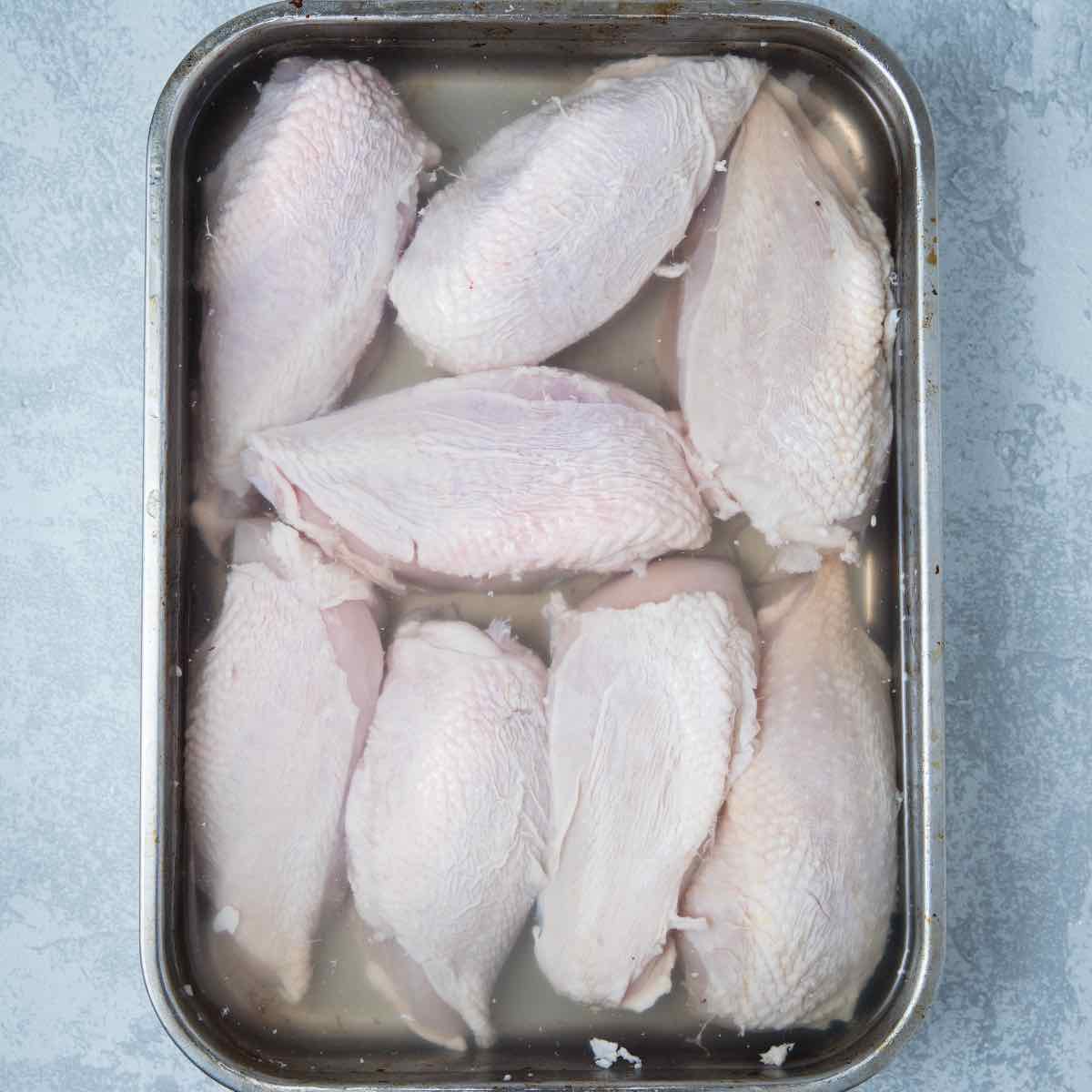
Jim has a chart in Marinades, Rubs, Brines, Cures & Glazes to calculate how much of each salt to use per quantity of water. He is kind enough to let me recreate it on my web site at Basic Brining Techniques.

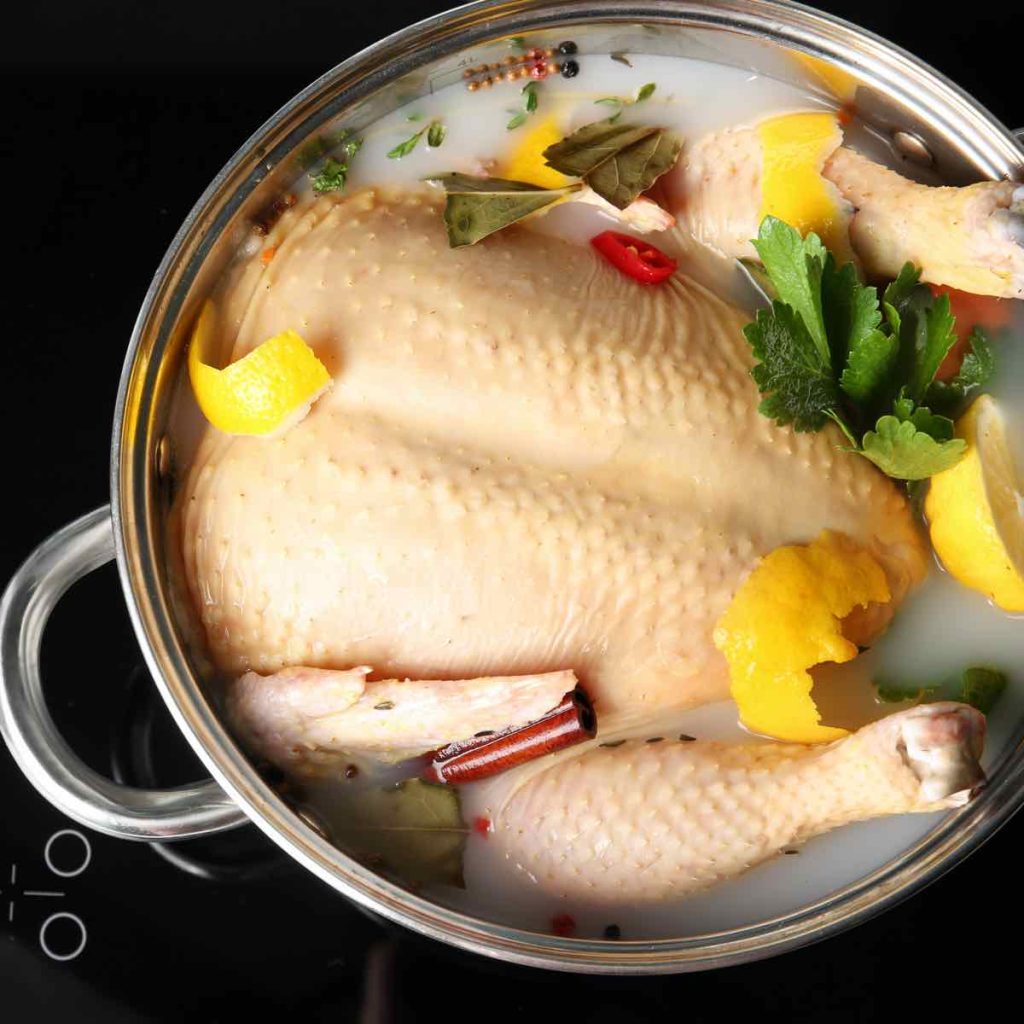
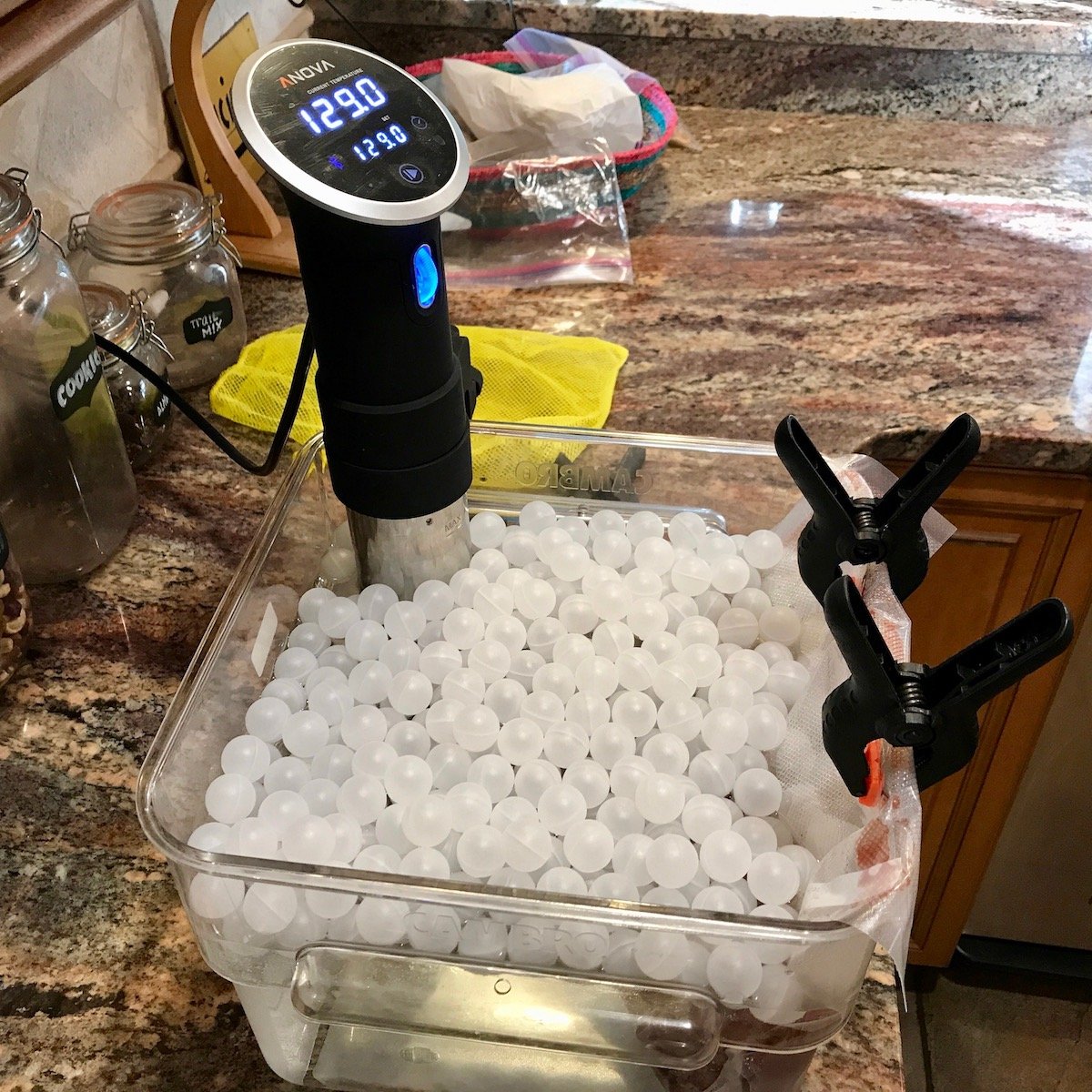


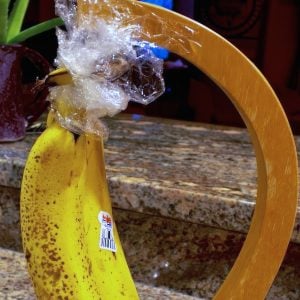
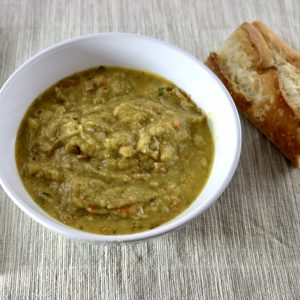
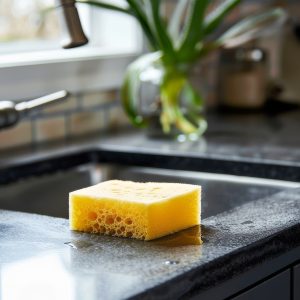

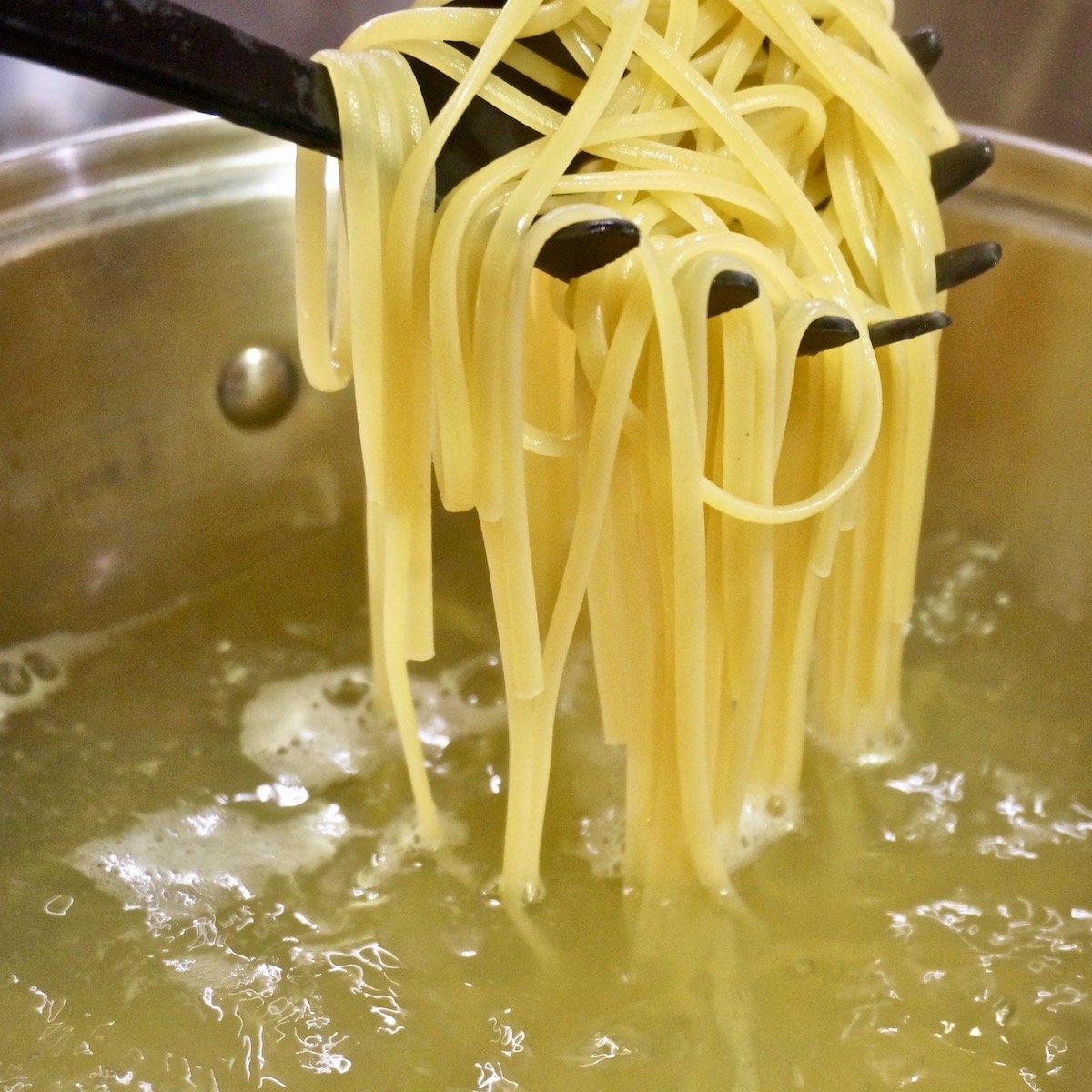



3 Responses
What is the average length of time to let your meats or chicken brine before barbecuing?
Good question Bill, but hard to answer. That’s because it really depends on what you are brining, how large the meat or chicken is and your own taste buds. Some people love what brining does to meats and others have told me it’s way too salty. Another factor to consider is how much salt is used in the brine, (be sure to check out this brining chart http://www.reluctantgourmet.com/brining-technique/) and the type of salt used. My suggestion is to start with less salt and less time to begin with and see how you like the outcome. Next time, add a little more salt and brine for a little longer and compare. You may even want to experiment on your own by trying different brining solutions for different brining times on several pieces of chicken thighs or pork chops and see how they differ in flavor. One thing I recommend and some cookbooks don’t advise is to rinse the brine off the meat before cooking. I find if you don’t, the meat is too salty. Hope this helps – RG
one hour to one pound of meat